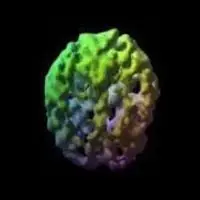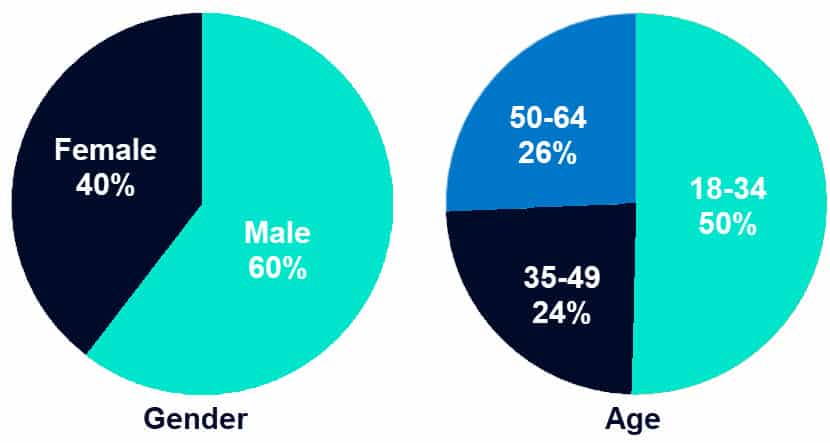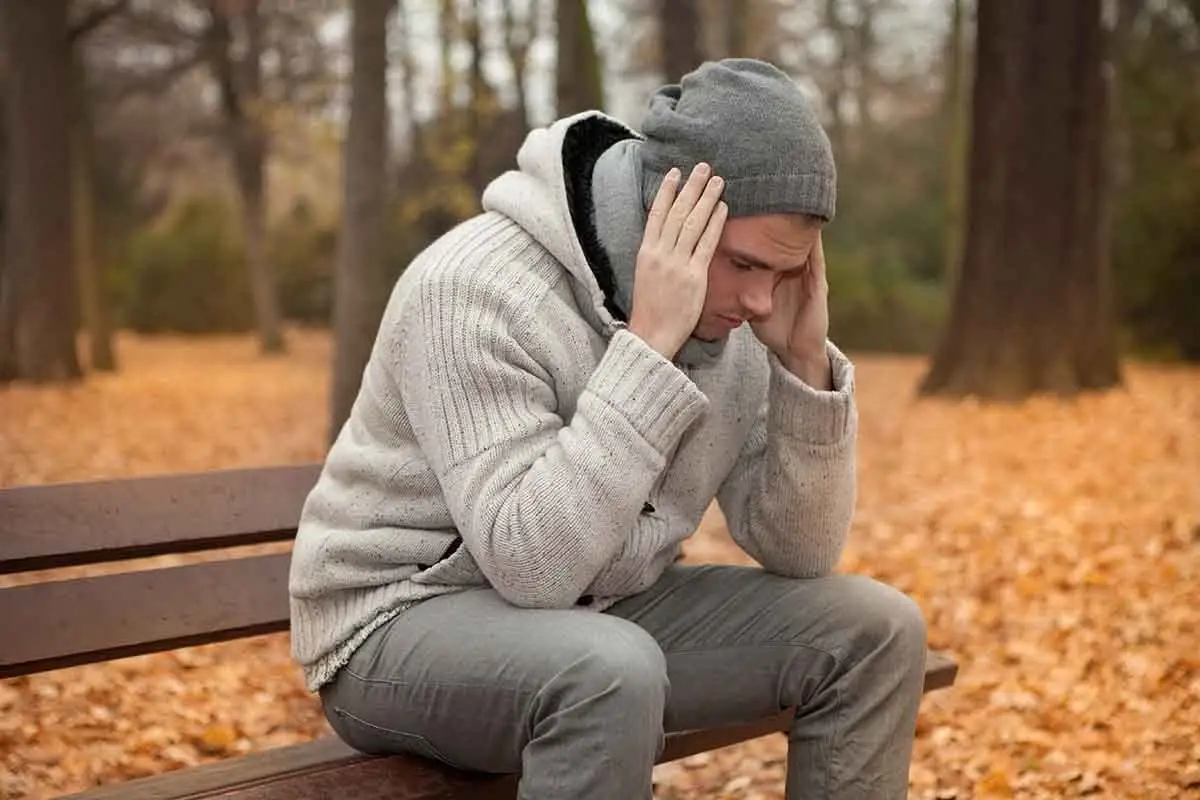Opioid Use Disorder Definition
Opioid Use Disorder (OUD) is the official name for addiction to opioid drugs. OUD is a chronic brain disease.
Opioids include illegal drugs like heroin, as well as prescribed pain medications like Oxycodone, hydrocodone or morphine. OUD is also referred to as opioid addiction, opiate addiction, heroin addiction or pill addiction and falls under the umbrella of Substance Use Disorder (SUD).
Diagnosis & Symptoms | Disease vs. Choice | Causes | The Opioid Epidemic | Treatment Options | Ask a Question
Opioid Use Disorder Diagnosis
OUD is diagnosed when pain relief drugs are continued even though they cause harm – including relationship, job or legal issues. The office DSM-5 diagnosis would be made by a doctor if a person has two or more of the following symptoms:
- Taking opioids in larger amounts or for a longer period of time than intended
- Unsuccessful attempts to cut down or quit using opioids
- Spending a lot of time obtaining, using or recovering from the effects of opioids
- Craving opioids
- Failing to fulfill major work, school, or home responsibilities
- Continuing to use opioids despite causing social, work or family problems
- Giving up important activities to use opioid use
- Using opioids in situations where it is physically dangerous (like driving a car)
- Continuing to use opioids even though a diagnosed physical or psychological problem could be made worse by opioids
- Developing a tolerance to opioids (needing more and more opioids to get the same effect)
- Feeling withdrawal symptoms when not taking opioids
Opioid Use Disorder Signs & Symptoms
The signs and severity of opioid use are usually hidden or downplayed to avoid consequences and judgment from others. It's also a form of self-denial to continue to use opioids without having to feel guilty or confront the compulsion.
Opioids are depressants, which means they slow down the body. People who are addicted to opioids tend to be sedated, drowsy and lack interest in things that they used to enjoy.
Behavioral Symptoms
Changes in a person's behavior are often the earliest signs.
- Being on the defensive if questioned
- Isolation, being secretive and avoiding interactions
- Changing to a new group of friends
- Unpredictability (including not showing up without notice)
- Abandonment of daily routines, hobbies or responsibilities
- Lack of care in personal hygiene and appearance
- Asking for money
Families often sense something is wrong long before the person admits they have a problem. The concern of friends and family is a common warning sign.
Physical Symptoms
Opioids take a toll on the body and lead to physical symptoms.
- Drowsiness/Sedation
- Pinpoint (constricted) pupils
- Itching or Flushed Skin
- Slurred Speech
- Track Marks, most commonly on the inner elbow
- Changes in physical appearance, including weight loss
- Decreased appetite
- Constipation
Physical Symptoms of Opioid Withdrawal
- Muscle aches or pains
- Withdrawal insomnia
- Dizziness and headache
- Runny nose
- Abdominal cramps, nausea, vomiting or diarrhea
- Fever or sweating
People often try to cover up physical symptoms. For example, they may start using eye drops frequently or wears sunglasses to hide red eyes or pinpoint pupils.
Psychological Symptoms
Mental health-related symptoms may have lead to drug use or arose because of the addiction.
- Sudden mood swings from irritability to euphoria
- Depression
- Anxiety
- Decreased motivation
Environmental Signs
Environmental signs can be the most obvious but can be hard to find.
- Presence of Drugs or Drug Paraphernalia Paraphernalia (ex: medication bottles with labels removed, burned tinfoil, bloodied cotton swabs, syringes/ needles, bent spoons or rolled up dollar bills)
- Doctor shopping (ex: obtaining prescriptions from different doctors, saying prescriptions were lost or needing a stronger prescription)
- Financial or Legal Issues
If you (or police) have caught their drug use before, it's likely they have an issue, even if they claim they stopped. Most people require treatment and support to end drug or alcohol abuse.
Opioid Addiction Is A Disease
Opioid Use Disorder is a real disease as defined in the official DSM-5 mental health manual.
In the simplest definition, a disease is something that changes cells in a negative way. Opioid addiction changes how cells in the brain communicate, which re-wires how a person thinks, feels and behaves.ⓘ
Brain SPECT Scan Images: Health vs. Chroinc Opioid Use
Notice the holes across the cortical surface and decreased overall activity. Though, much of the brain damage can be reversed over time if opioid use is stopped.

Healthy Brain

7 Year Opioid Use
How Opioid Addiction Changes the Brain
1. Opioid Tolerance
With repeated opioid use, the brain adjusts to the flood of dopamine that causes feelings of pleasure. These brain cells become "numb", which means you need more of the drug to feel the same effect. It also makes life without the drug less pleasurable.
2. Opioid Cravings
The brain is conditioned to desire opioids, even though the individual knows they are harmful and unhealthy. Opioid cravings are extremely powerful and can occur even after years of abstinence.
3. Opioid Withdrawal / Dependence
The body becomes so used to opioids that it needs them to feel normal. If opioids aren’t present, brain chemistry is off balance resulting in symptoms like nausea, sweating and anxiety. Withdrawal symptoms are a sign that the brain is physically dependent on opioids.
Patients describe cold-turkey opioid withdrawal as feeling like every bone in their body is breaking. Luckily, it’s nothing like that at an opioid detox center.
Opioid withdrawal can begin in as little as a few hours after the last dose and most people feel significantly better within a week.ⓘ Though, it is possible to experience symptoms for weeks or even months, known as Post-Acute Withdrawal Syndrome (PAWS).
Learn more: Symptoms of Opioid Withdrawal
Opioid Use Disorder Causes
There is no known cause of opioid use disorder. Many factors contribute. What makes opioid addiction more likely is:
- Genetics: At least half of a person's susceptibility to drug addiction is linked to genetic factors.ⓘ
- Chronic pain: Opioids are used to stop physical pain.
- Social factors: Those in poverty, identifying as LGBTQ+ or exposed to alcohol or opioids at a young age have a statistically higher rate of addiction.
- Mental health struggles: Opioids are used to self-medicate mental pain like depression, anxiety, bipolar or trauma.
The Opioid Epidemic
Opioid epidemic is a term used to describe the sharp increase in the use of prescription and non-prescription opioids in the U.S. in the 1900s. The second wave of the opioid epidemic began in 2010 and continues to be a serious public health crisis.
Overdose deaths have seen sharp increases with the rise of more potent opioids like fentanyl and ISO drug. Sadly, the loss of life is even greater when complications like sepsis from heroin abscesses or newborn toxicity deaths are taken into account.
How many people have opioid use disorder?
There are an estimated 2.1 million people in the United States with opioid use disorder. And, opioids are involved in around 70% of all fatal drug overdoses.ⓘ
Demographics of Symetra's Opioid Use Disorder Patients

Treatment for Opioid Use Disorder
Treatment for Opioid Use Disorder usually involves a combination of medication and behavioral therapies.
The 3 FDA-Approved Medications for OUD
OUD medications work by satisfying the opioid receptors in the brain without giving off the same "high". Though, each medication interacts with opioid receptors differently.
Buprenorphine is the most common medication for the treatment of OUD. Naltrexone injections can be a better choice if a patient is already detoxed off of opioids. Methadone is a great option if a patient is not successful on buprenorphine.
There are also off-label medications and medications to combat withdrawal or side-effects that are also used in OUD treatment.
Medications Should Be Combined With Therapy
Therapy for OUD can be provided at inpatient rehabs, hospitals or outpatient clinics. Intensive Outpatient Program (IOP) is a common outpatient treatment method.
To learn more about the treatment for Opioid Use Disorder, read:

